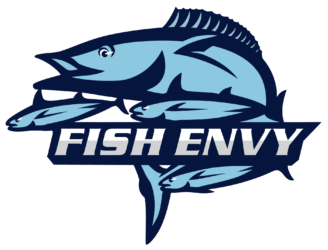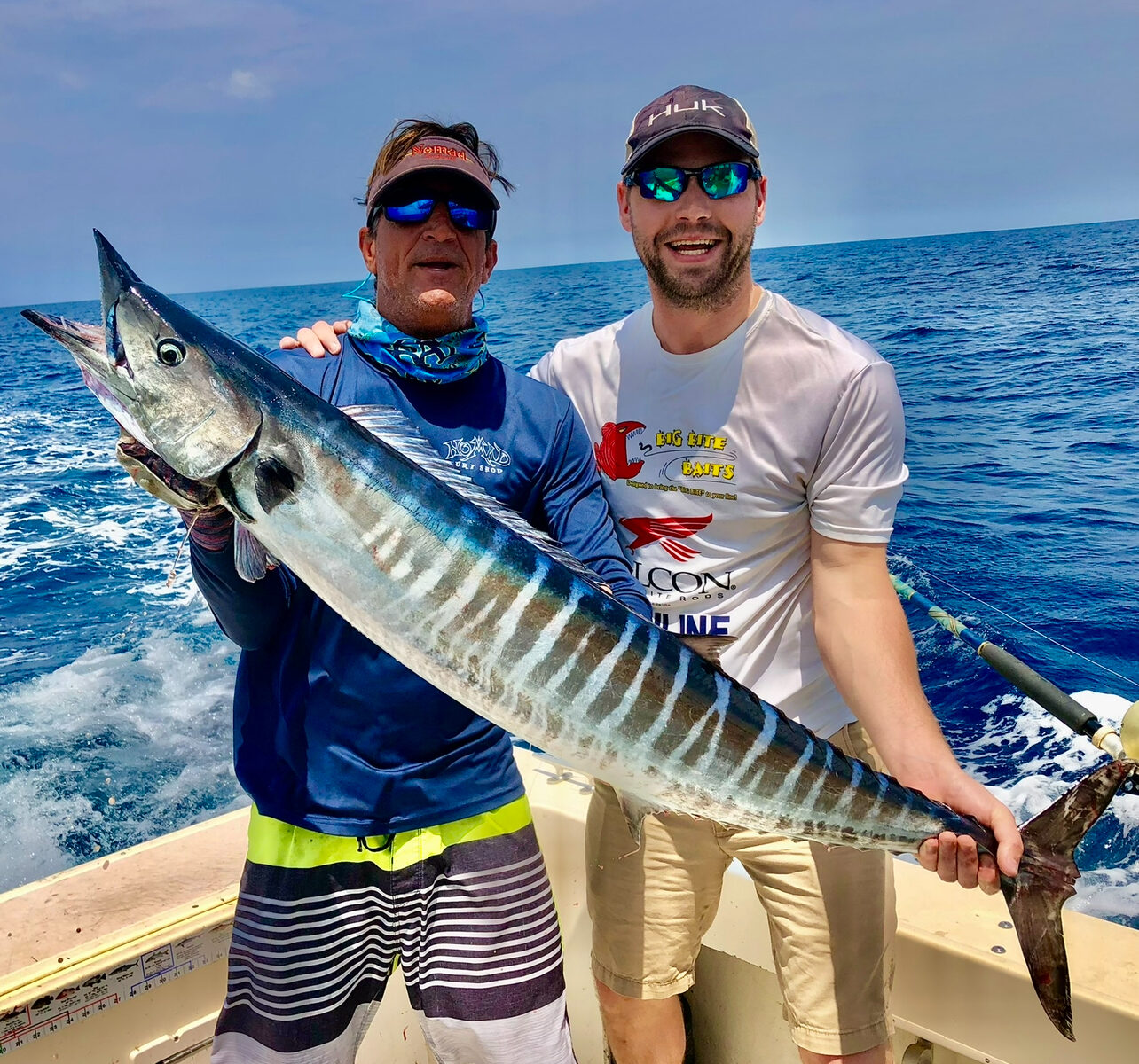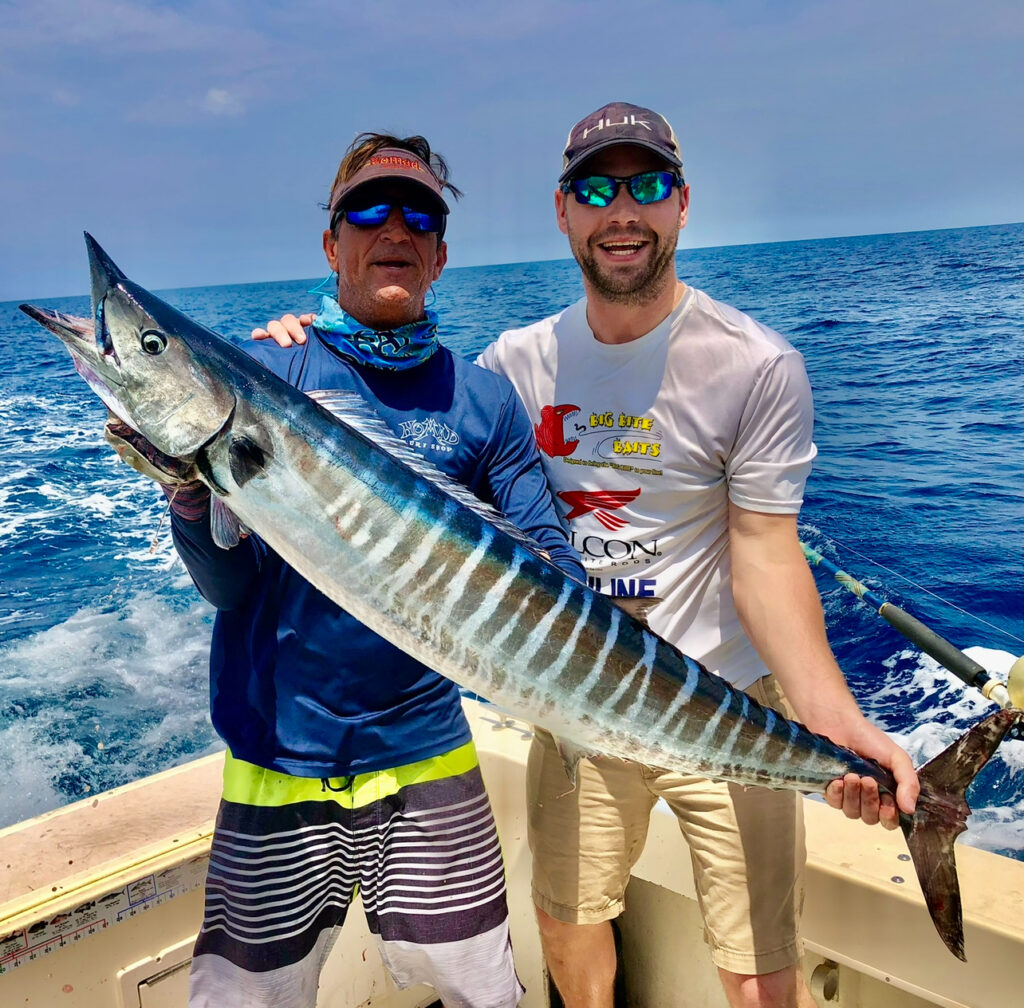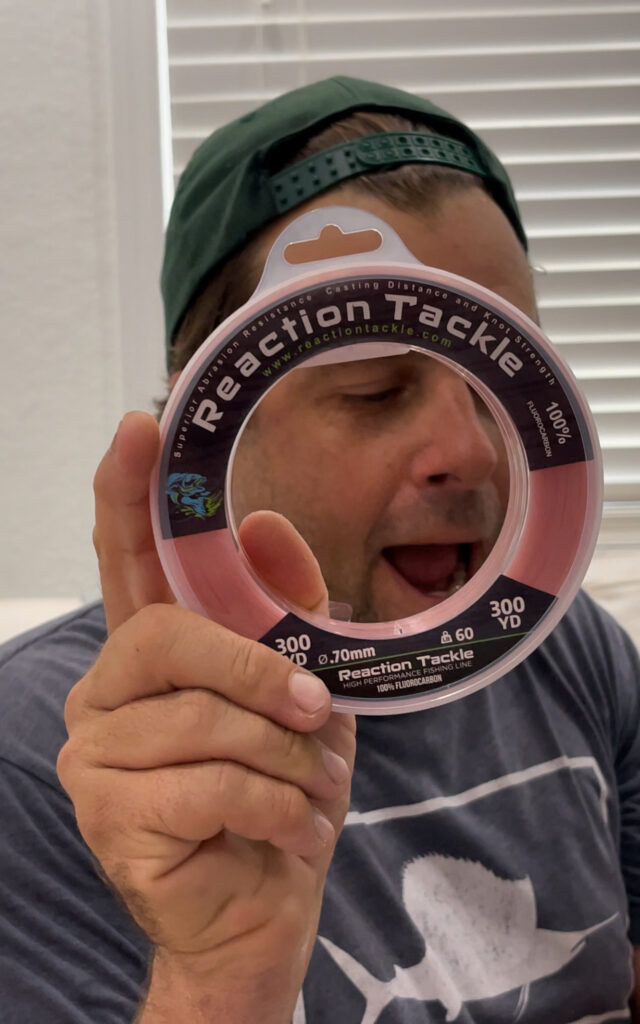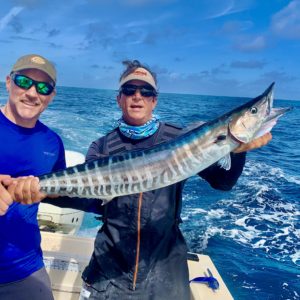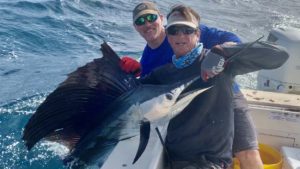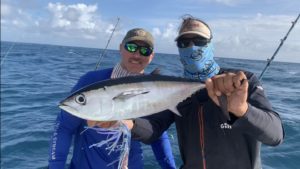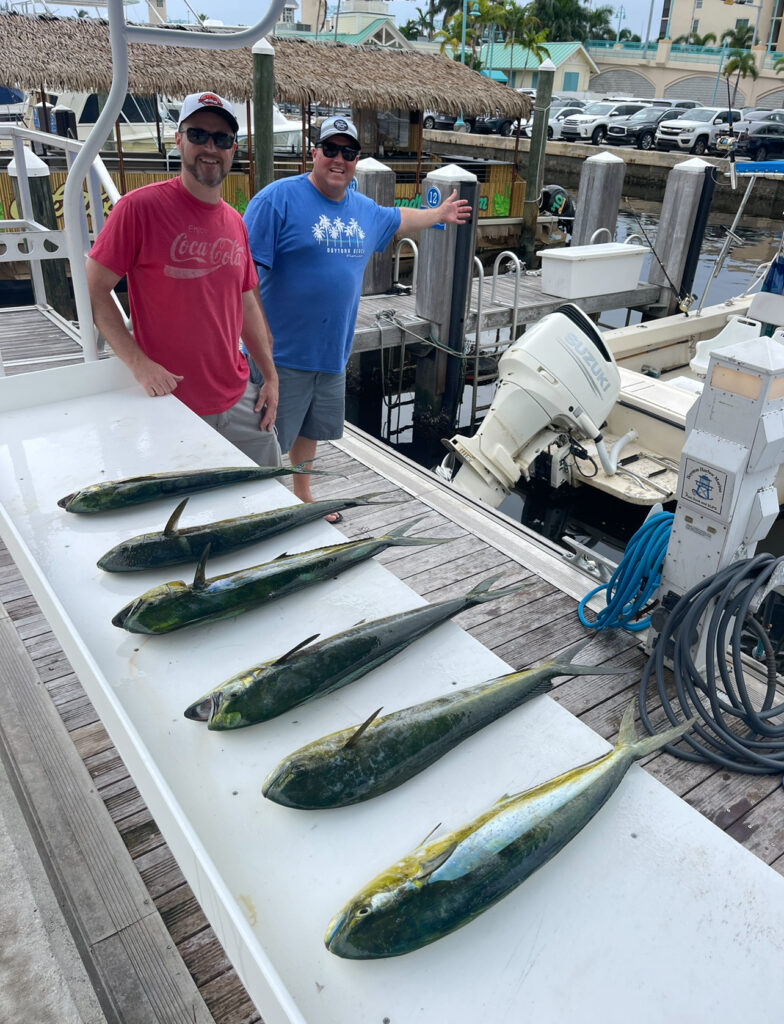
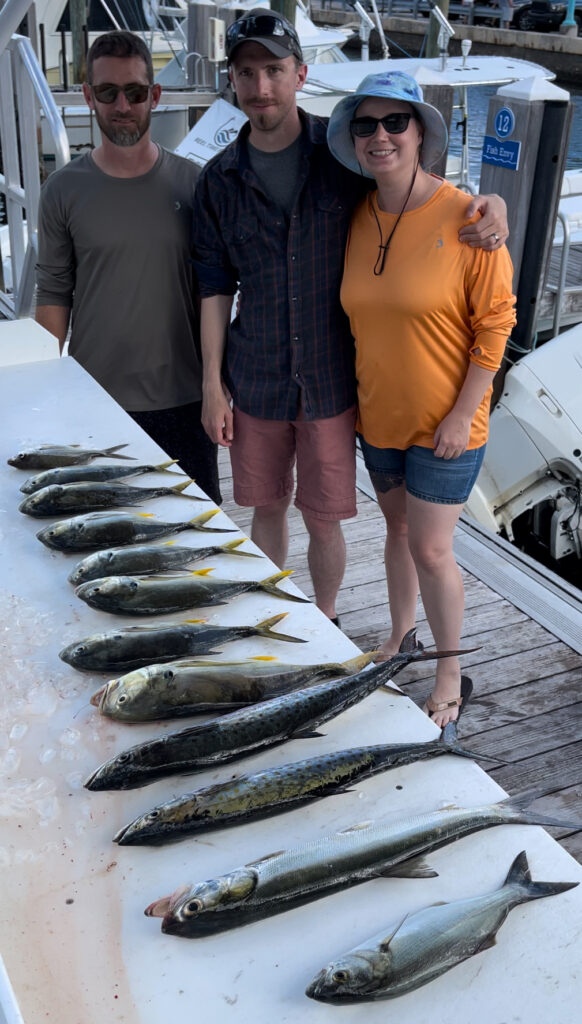
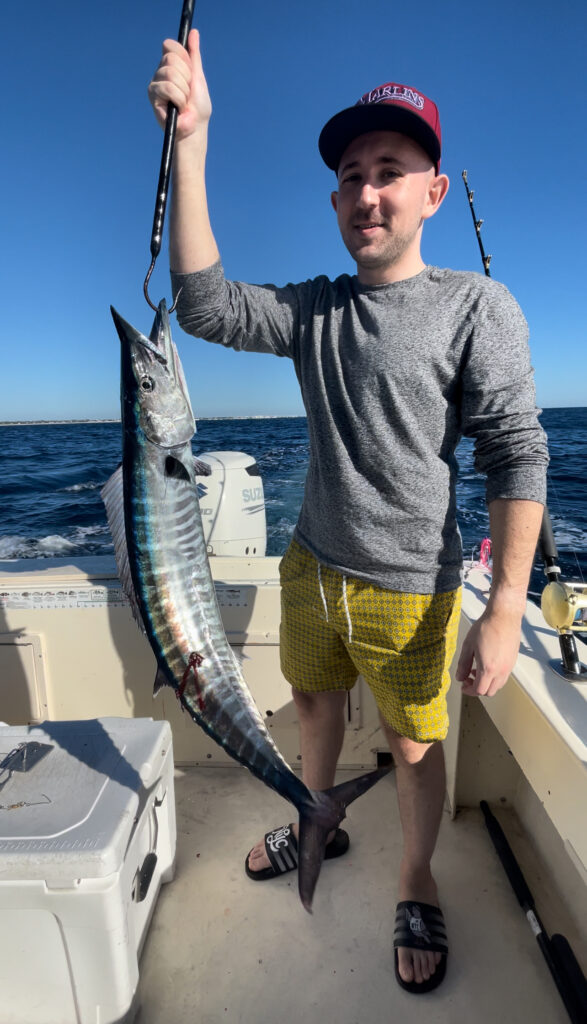
November Fishing Forecast for Delray Beach, Florida: Pursuing Mahi Mahi, Sailfish, Wahoo, Mackerel, and Jack Crevalle
When November rolls around in Delray Beach, Florida, anglers can expect some exciting opportunities to catch a variety of saltwater game fish. This month, we’ll be delving into the unique characteristics, best practices, and prime locations for targeting Mahi Mahi, Sailfish, Wahoo, Mackerel, and Jack Crevalle.
Mahi Mahi (Dolphin Fish)
The beautiful Mahi Mahi, also known as Dolphin Fish or Dorado, is a highly sought-after species in the waters around Delray Beach. November is a fantastic time to target these fish due to their presence in the area. Mahi Mahi are known for their vibrant colors and rapid growth, making them an exhilarating catch for anglers. They prefer warm waters, which are still abundant this time of year in South Florida.
To increase your chances of reeling in Mahi Mahi, consider heading out to the Gulf Stream, where these fish tend to congregate. Trolling with live bait, lures, or rigged baits can prove quite effective. Look for floating debris and weed lines, as Mahi Mahi are known to gather around them in search of food.
Sailfish
Sailfish is another prized species you can target in November off the coast of Delray Beach. These acrobatic fish are known for their distinctive sail-like dorsal fin and incredible speed. South Florida is considered one of the prime destinations for Sailfish fishing, and November offers favorable conditions for anglers.
Venturing out to deep-sea waters, particularly areas with strong currents and temperature breaks, can yield great results. Trolling with ballyhoo, mullet, or artificial lures is a popular technique for Sailfish. Remember to be patient, as these fish can put on a thrilling show of jumps and dashes when hooked.
Wahoo
Wahoo, with their sleek, torpedo-like shape and impressive speed, are a challenging target for anglers in November. They are often found in the same offshore waters as Mahi Mahi and Sailfish. Delray Beach offers ample opportunities to encounter these predators.
Trolling with high-speed lures like jet heads or diving plugs can be effective in luring Wahoo. It’s essential to maintain a fast trolling speed and use wire leaders to prevent the fish’s sharp teeth from cutting the line. Be prepared for Wahoo’s lightning-fast strikes and be ready to react swiftly.
Mackerel
November sees the arrival of Spanish Mackerel along the coast of Delray Beach. These fish are known for their aggressive strikes and great taste. They are commonly found in nearshore waters, often feeding on schools of baitfish.
Anglers can target Spanish Mackerel using live bait such as pilchards, as well as artificial lures like spoons or flashy jigs. Casting near jetties, piers, or any structure that attracts baitfish can be a productive approach. Keep an eye on the water for signs of surface activity, as Mackerel often chase baitfish to the surface.
Jack Crevalle
Last but not least, Jack Crevalle, known for their brute strength and hard-fighting nature, are frequently encountered in the waters around Delray Beach. They tend to be present throughout the year, including in November. Jack Crevalle are often found inshore, near bridges, jetties, and estuaries.
Targeting Jack Crevalle can be quite rewarding with medium-heavy tackle and live bait like mullet or shrimp. They are aggressive feeders and will put up a spirited fight once hooked. These fish are also known for their schooling behavior, so if you locate one, you’re likely to find more.
In conclusion, November offers an enticing blend of fishing opportunities in Delray Beach, Florida. Whether you’re aiming for the vibrant Mahi Mahi, the acrobatic Sailfish, the lightning-fast Wahoo, the feisty Mackerel, or the hard-fighting Jack Crevalle, the waters of Delray Beach have something to offer every angler. Remember to check weather and sea conditions, follow local regulations, and, most importantly, enjoy the thrill of the chase and the beauty of the Florida coastline. Happy fishing!
